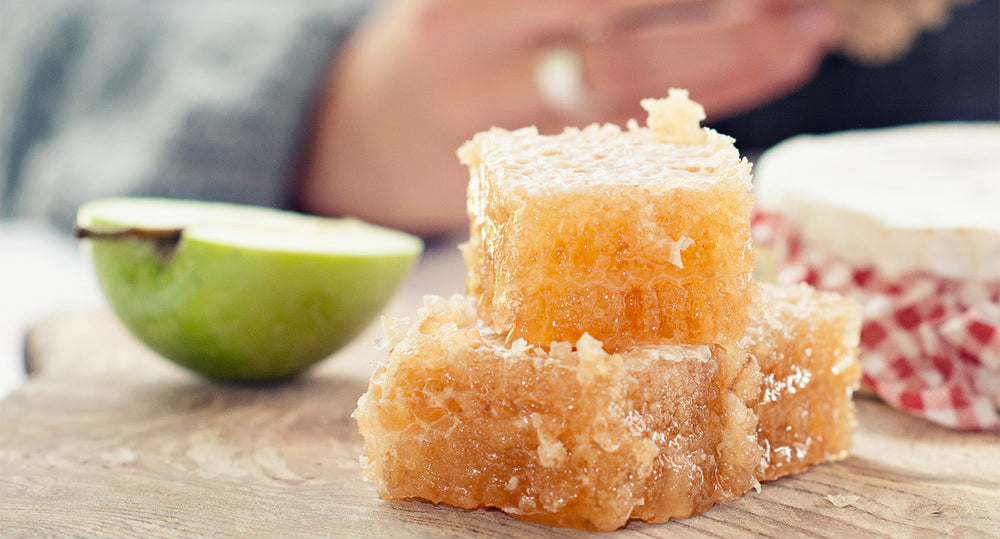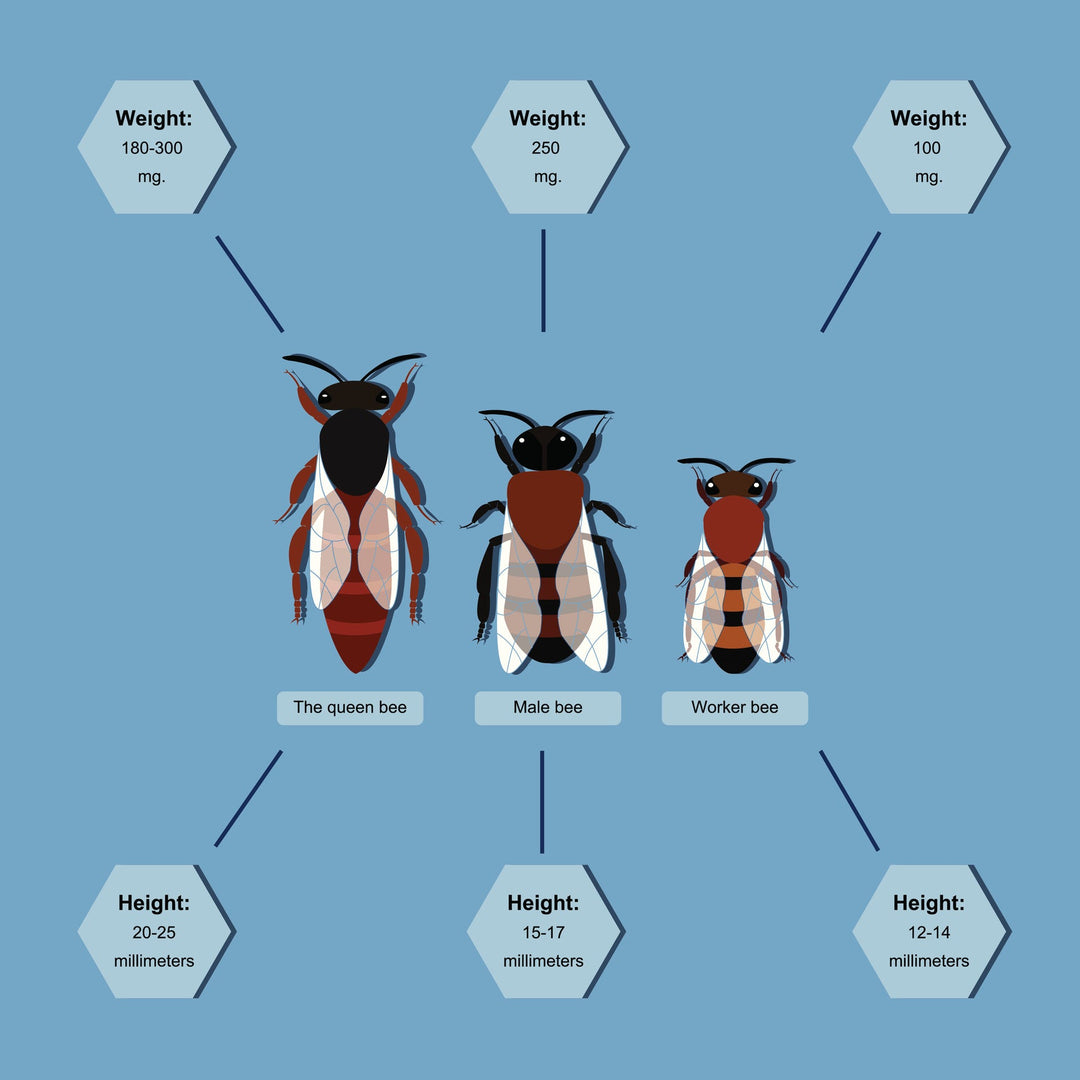Jarrah honey is honey made by bees using the nectar from the Jarrah tree. The Jarrah tree, also known as the Eucalyptus Marginata tree is from the myrtle family. It’s native to the remotest parts of Western Australia.
It’s a natural healing honey that is highly prized – the Jarrah tree only has one flowering season, once every two years. All honey contains naturally occurring enzymes that give honey its antimicrobial properties. But Jarrah honey has one of the highest potencies of antimicrobial activity in the world.
Manuka honey, which originates from New Zealand, is also praised for its antimicrobial properties. But these properties come from the active component, methylglyoxal. This gives Manuka honey a slightly medicinal taste. The antimicrobial properties of Jarrah honey come from hydrogen peroxide which doesn’t influence the taste.
Jarrah Honey and It’s Antimicrobial Prowess
Our Jarrah honey is measured for its Total Activity, or TA, which means it deserves its super honey status. So much so, that Jarrah honey is known as Australia’s healing honey.
Not all honey has the same level of antimicrobial power as Jarrah honey – and because of this antibacterial and antifungal superpower, Jarrah honey is used to help treat everything from skin infections and wounds to sore throats and coughs.
Jarrah honey can be used in medical dressings to help kill bacteria in infected wounds or burns. It also to helps provide a physical barrier to bugs entering the wound.
Less serious but the cause of many a day off work, Jarrah honey works wonders on coughs and colds too. A spoonful mixed in warm water helps to soothe the pain of sore throats and eases irritating coughs. Taken from the spoon and rolled around the mouth for a few moments can also ease the sting caused by mouth ulcers.
Jarrah Honey and the Glycaemic Index
Jarrah honey is darker and more syrup like than other honey you may have tried. It has a taste like that of caramel and is less sweet than more common types of honey. This is due to its lower levels of glucose. Instead, Jarrah honey contains higher levels of fructose, a type of fruit sugar.
Glycaemic Index, or GI, is used to measure how quickly the carbohydrate in a food is turned into glucose. The lower the GI, the better. And the less likely it is to cause a massive blood sugar spike followed by a crash. Table sugar, which is pure glucose, has a very high GI. Jarrah honey has a lower GI than other honeys and sugar.
Enjoying Jarrah Honey
This natural sweetener is a healthier alternative to sugar and is especially good if you find other honey too sweet. Consuming it regularly can reduce your chance of developing coughs, colds and stomach bugs.
Jarrah honey has quite rightly earned the moniker, liquid gold. Once you try this delicious Jarrah honey, you’ll know why!






